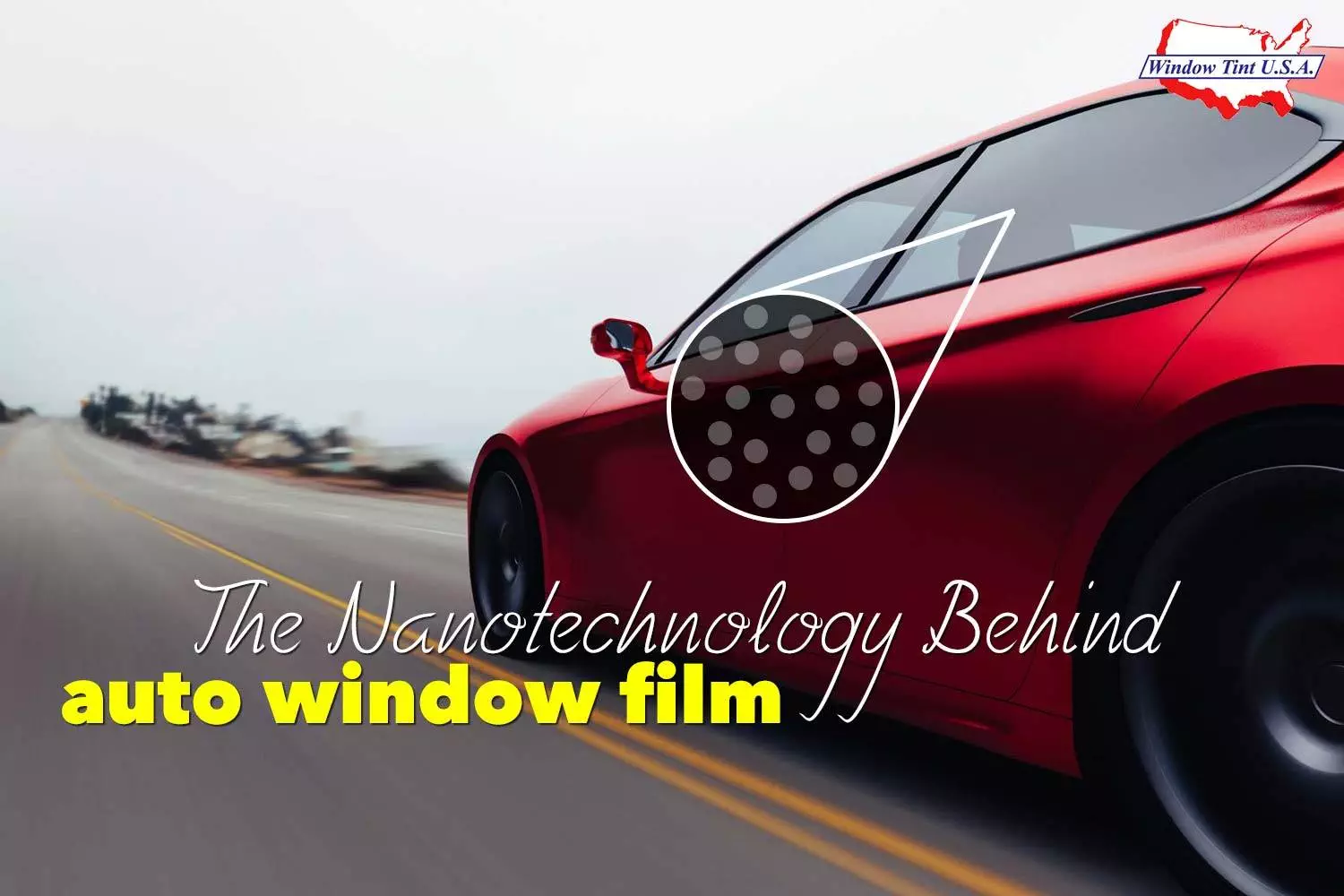Have you ever wondered how auto window film is made? While many car owners are aware of window tint, not many are aware of its complex technology. To the naked eye, window film may look like a giant sheet of plastic, but it is in fact made up of 200 thin, transparent layers of nanotechnology material; no thicker than a piece of ordinary paper. It is usually made from a type of plastic called polyethylene terephthalate (PET) because of its ability to bind to (or embed in) a variety of surfaces. PET’s tensile strength and clarity makes it ideal for car windows.
Because of its microscopic layers, window film nanotechnology can provide multiple layers of protection. It acts as a shield against the 3 different components of light: Visible Light, Infra-red and Ultra Violet Rays.
- The window film blocks out visible light, and this protection helps to reduce glare. This in turn increases clarity and comfort to allow for optimal driving.
- Infrared light is absorbed, to avoid too much heat passing through. Although Infrared does not cause as much harm as UV rays, it does contribute to the heat that the sun radiates. Too much heat can lead to problems such as heat stroke and heat exhaustion, so it is best to be prepared and protected.
- Depending on the type of film, UV rays are blocked by absorption or by reflection. Although UV rays only make up 6% of the light coming through, it causes the most damage. Not only does it fade the car’s interior, but it also increases the risk of skin cancer due to the skin’s long-term exposure of UV rays. You can also forget that SPF 50+ sunscreen, as most modern window tint has an SPF of 1000, ensuring that you don’t need sunscreen at all.
The amount and type of protection varies according to the type of tint applied, as some tints use Visible Light Absorption (VLA%) while some use Visible Light Reflection (VLR%). The most commonly used window tint measuring system is the one called Visible Light Transmittance (VLT%): The higher the percentage, the more light that can be allowed through. For example, an un-tinted car window transmits 90% of visible light (VLT% rating of 90), only protecting you from 10% of the sun’s rays.
Most car owners don’t realize that auto window film is different to factory window tint, as factory window tint is the standard tint used more for privacy than protection, as it doesn’t work at the level of nanotechnology. Protection against all 3 components of light not only prevents damage to the skin, but also reduces the heat and glare that comes with UV and infrared light.
All this light protection may sound like a fancy way of giving your car a giant pair of sunglasses, but there is more to it. Unlike sunglasses, which reduces visibility at night, window film reduces night-time glare, making it easier to see at night. For those of you that like your windows to be tinted a dark shade, you do not have to worry about visibility either. There are state window tint laws that make sure the level of darkness is within reasonable limits.
Along with the benefits of protection, window tint is also sought after for its aesthetic qualities, for example dark window tint. Not only is it aesthetically pleasing, but it is great for privacy, as it is too dark for onlookers to peer inside.
However, not everyone wants a dark tint, but they do want the benefits of protection. You can preserve the authenticity of your car without dark tint, because of the mandatory light protection properties that come with auto window film. You can keep your car’s interior in mint condition regardless of the shade you choose!
The window tint market is huge, and with a variety of needs that must be met, nanotechnology must keep up with constant change in the automotive industry. Some companies, such as Window Tint USA, have already made use of the new Crystalline automotive window film. This film is available in various levels of strength and shade and is designed to block out more heat than any dark window tint currently available. The benefit of such a rapidly changing technology allows for it to accommodate a vast range of style, size and function, ensuring that your car will be protected.
If you’re a bit unsure of what you need, let the experts do the job – certified window tinting technicians will make sure that your tinting complies with window tinting laws, while ensuring that application is expertly done in accordance with the best possible visibility and aesthetic appearance.

